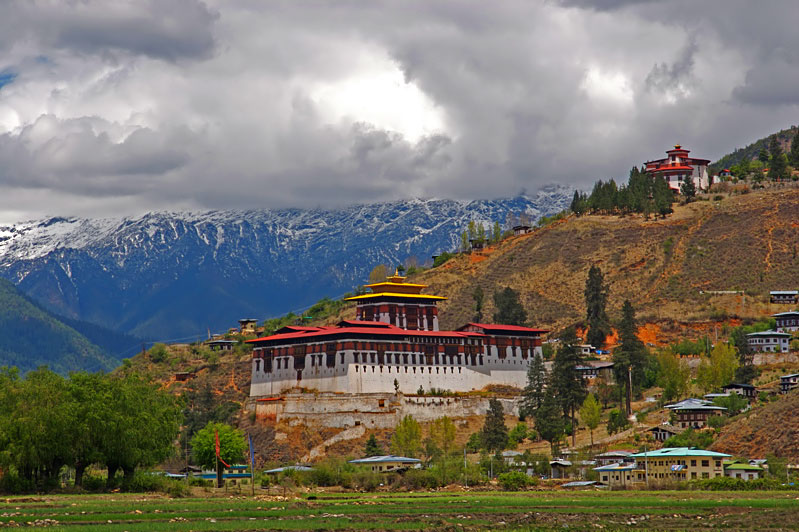Fichier:Cloud-hidden, whereabouts unknown (Paro, Bhutan).jpg
Cloud-hidden,_whereabouts_unknown_(Paro,_Bhutan).jpg (799 × 532 pixels, taille du fichier : 122 kio, type MIME : image/jpeg)
Historique du fichier
Cliquer sur une date et heure pour voir le fichier tel qu'il était à ce moment-là.
| Date et heure | Vignette | Dimensions | Utilisateur | Commentaire | |
|---|---|---|---|---|---|
| actuel | 31 juillet 2008 à 20:54 |  | 799 × 532 (122 kio) | Flickr upload bot | Uploaded from http://flickr.com/photo/32856635@N00/2262929973 using Flickr upload bot |
Utilisation du fichier
Les 2 pages suivantes utilisent ce fichier :
Usage global du fichier
Les autres wikis suivants utilisent ce fichier :
- Utilisation sur bcl.wikipedia.org
- Utilisation sur be-tarask.wikipedia.org
- Utilisation sur bjn.wikipedia.org
- Utilisation sur blk.wikipedia.org
- Utilisation sur ca.wikipedia.org
- Utilisation sur el.wikipedia.org
- Utilisation sur en.wikipedia.org
- Utilisation sur eo.wikipedia.org
- Utilisation sur fi.wikipedia.org
- Utilisation sur fo.wikipedia.org
- Utilisation sur ha.wikipedia.org
- Utilisation sur hu.wikipedia.org
- Utilisation sur hy.wikipedia.org
- Utilisation sur incubator.wikimedia.org
- Utilisation sur io.wikipedia.org
- Utilisation sur ja.wikipedia.org
- Utilisation sur kn.wikipedia.org
- Utilisation sur mk.wikipedia.org
- Utilisation sur nl.wikipedia.org
- Utilisation sur ru.wikipedia.org
- Utilisation sur sl.wikipedia.org
- Utilisation sur su.wikipedia.org
- Utilisation sur szy.wikipedia.org
- Utilisation sur th.wikipedia.org
- Utilisation sur vi.wikipedia.org
